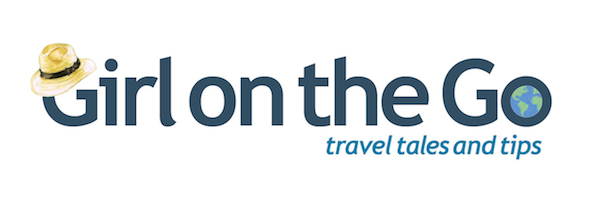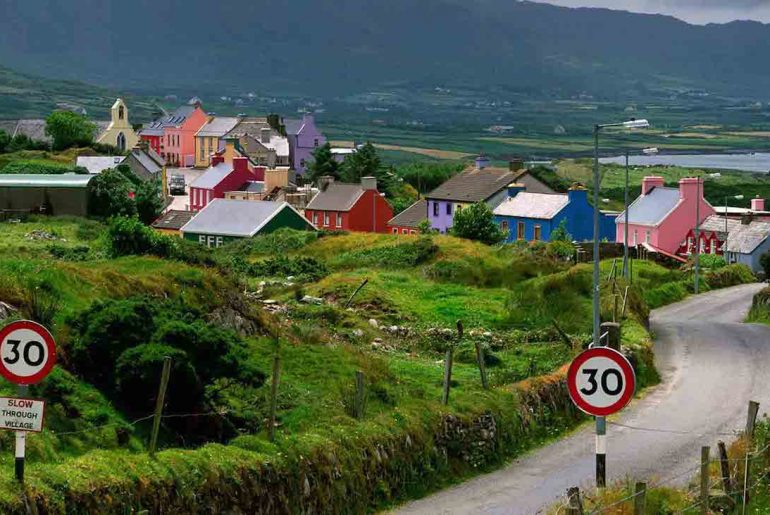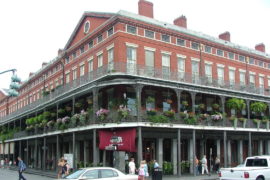 As I left my hotel that morning, I gave myself the usual four-word pep talk I use every time I’m meeting a bunch of strangers: “Don’t do anything goofy.” I was heading to my first New York Times Travel Show to learn about travel in 2018. I’m not much of one for wandering among hundreds of booths at trade shows, either vying for attention from the person manning the booth or just trying to quickly sneak a piece of candy while their back is turned.
As I left my hotel that morning, I gave myself the usual four-word pep talk I use every time I’m meeting a bunch of strangers: “Don’t do anything goofy.” I was heading to my first New York Times Travel Show to learn about travel in 2018. I’m not much of one for wandering among hundreds of booths at trade shows, either vying for attention from the person manning the booth or just trying to quickly sneak a piece of candy while their back is turned.
My main purpose in attending the event was for the IMM, International Media Marketplace, a day-long event a day before the show where media and industry reps meet one-on-one for 15-minute sessions. It’s like speed dating in that it’s fast-paced and we are all starring in “My Best Version of Myself.” But in this case, it’s the professional version of ourselves, and a meeting means making valuable contacts and learning about destinations and accommodations. It also sometimes includes some sweet swag. I picked up a gorgeous scarf (Silversea Cruises), a fun foldable Sydney tote bag (Tourism Australia) and a bracelet (Jewel Resorts and Hilton Rose Hall Resort).
Despite 24(!) appointments, followed by a reception and a dinner event, which combined to render me braindead and semi-articulate, the event was productive and instructive for me. As for that goofy thing? Well, I mistook one woman for another and chatted her up about going to her destination with her, despite the fact she doesn’t look a thing like the other woman, and once again managed to get a stain on my nametag. But for me, that’s doing pretty well. So, yeah! me.
One of my highlights was attending the Keynote Panel during Media/Industry day, held on the Friday before the show opens to the public. I learned what’s happening in the travel industry, both good and bad, and what we can expect for 2018. The state of travel is no trivial matter – the industry is crucial to our economy, making up 10.2% of the world’s GDP, an estimated $7.6 trillion. Travel employs 292 million people, and is the lifeblood of several places.
Here are a few things I learned from the panel:
Brand USA is hurting.
Alejandro Zozaya is CEO of Apple Leisure Group, a $3 billion, 25,000 employee company focused on package travel. “I have to say, the brand USA is hurt,” he said. ” A lot of associations and corporations in the travel industry are getting together to try and come up with campaigns like ‘everyone is welcome,’ but the rhetoric and the things we are hearing from the President have affected the desire of people to come… So ultimately, that’s taking a toll.”
Tourism in the US was down 4% from January to July 2017 – a huge hit representing $4.6 billion and 40,000 jobs.
Cuba has lost some momentum.
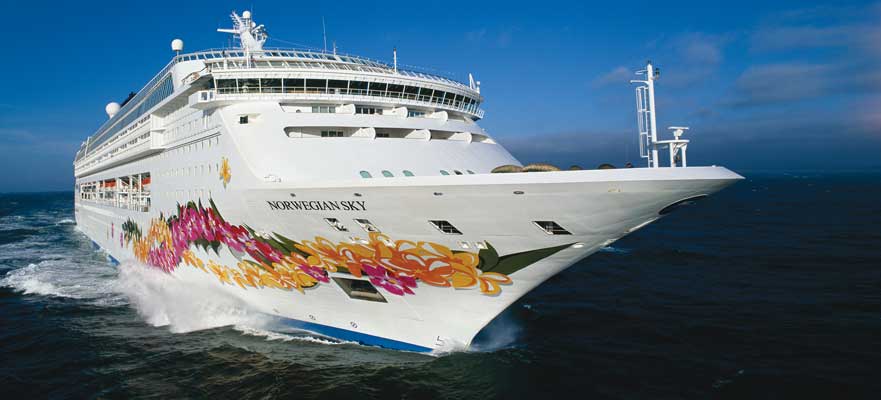
“When Cuba opened up for cruises, the destination really took off. Norwegian had weekly sailings and we added a second ship,” said Andrew Stuart, CEO of Norwegian Cruise Line. “But we’ve had a bit of a pause due to current politics and there’s a lot of confusion about Cuba. Beach resorts are suffering and the momentum for investment has been lost. It’s a difficult time for Cuba, although it may come back.”
The Caribbean is coming back.
Although only 15-20 percent of the islands in the Caribbean were affected by the hurricanes in 2017, “The Caribbean suffered a broader impact,” said Andrew. “The cruise industry got together to help the Caribbean, sending cruise ships down there to evacuate people and doing a good job of telling people the Caribbean is still open. We saw a six-week period of weakened demand, but after six weeks it came back, showing the resilience of this industry.”
Alejandro concurred. “Overall the Caribbean is coming back. We still need to support destinations like St. Maarten and Puerto Rico. Our job is not just to do business, but to do what’s right. We need to keep sending passengers there. All destinations have people who need jobs.”
Tourism is way up in several destinations.
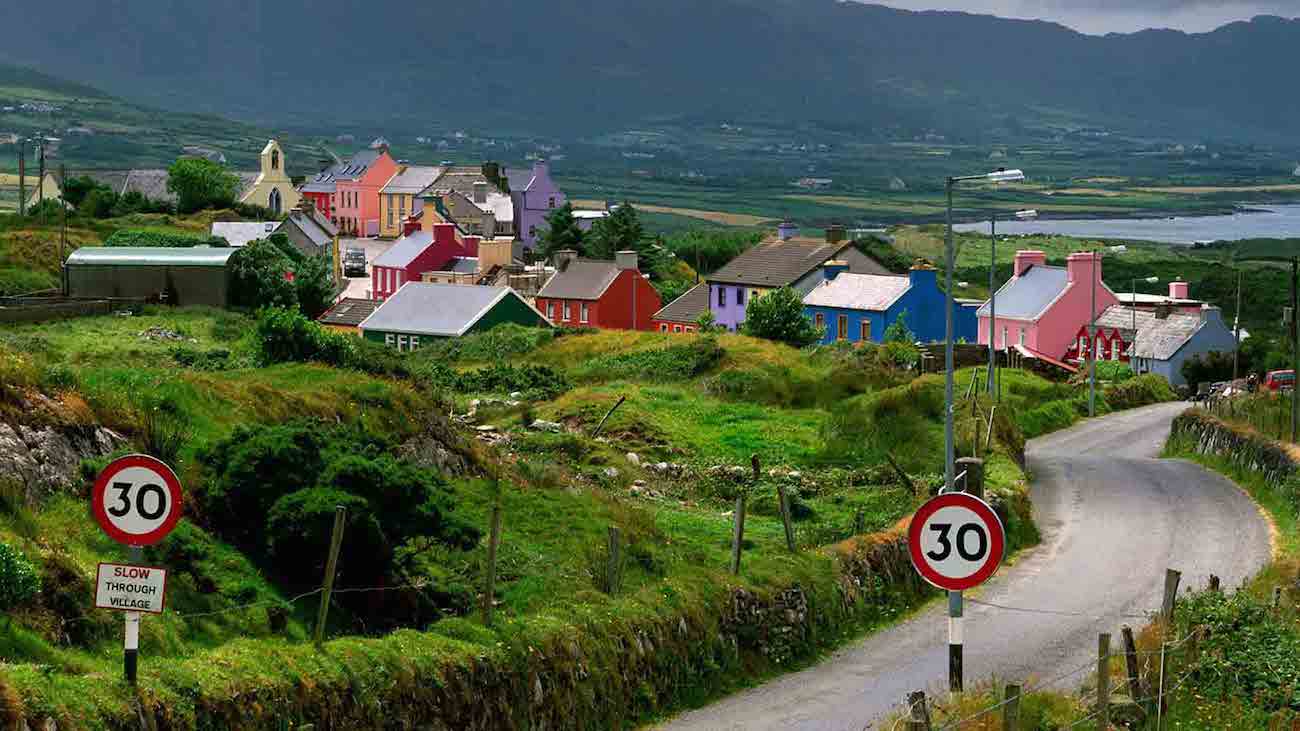
The panelists spoke of places like Australia, New Zealand and Africa doing really well for travel in 2018 as is Alaska, particularly for cruising. Europe and particularly Italy is doing well, while tourism in Ireland is way up, 16% from 2017.
Jennifer Tombaugh, President of Tauck, said, “2017 was a banner year for us, and 2018 is right now the largest advanced booking year in the 93-year history of our company. Italy is rebounding big time, and Africa, in particular, is on fire.”
Attacks in other countries may affect travel briefly, but the industry is resilient.
Travelers are getting used to a new alert system from the U.S. Department of State that just went into effect January 10, but Jennifer believes it will be beneficial over time. The alerts have four tiers of safety warnings and specify why there is a warning in place. “Places like the Dominican Republic and Jamaica already had a warning, but people didn’t know it,” she said. Those countries have a level 2 warning, the same as London.
But, as the panelists pointed out, some US cities have a strong warning from other countries. As moderator James Shilllinglaw, Editor in Chief of Insider Travel Report said, “We tend to ignore that other countries have warnings on us.”
Guy Young, Global Brand Engagement Officer for The Travel Corporation spoke about recovery periods for destinations after terrorist incidents. “After events in London last year, we were back to normal booking patterns in 48 hours. There was a longer recovery period in Paris.”
Jennifer Tombaugh agreed. “We used to see a 12-month recovery after a problem; now we are seeing 48 hours. People are tuning out all the noise and saying we are still going to go. There’s a new normal and uncertainty is being redefined.”
Alejandro Zozaya said, “The more sophisticated a traveler is, the more likely they will continue to travel. Less traveled people who haven’t been out of the country may wait a bit longer to travel.”
Technology helps travelers, but doesn’t negate the need for human connection.

When there’s a crisis, technology is a big aid in communication. Norwegian Cruise Lines is using technology to enhance the onboard experience, but not replace human interaction. “We put race cars on ships. We couldn’t have done that without technology,” Andrew said. “But we want people to put their phones away. It’s a disaster to have everyone walking around with their phone in their hands for seven days. But we do want to use technology to make vacation planning easier.”
He went to check out Yotel in New York, where the ground floor is an automated check-in area with a robot. “There was nobody there, but there was a line of people upstairs waiting to see someone. You have to be careful with technology and find the right mix of enabling and connecting people.”
He tells the story of Bea Tollman, founder and president of Red Carnation Hotels. Every day she has her personal assistant send her a fax from every hotel manager and reviews notes on who is staying, what room they are in and whether they have been there before. She will also review guest comments, sometimes even responding with a handwritten letter.
Jennifer pointed out that while technology is instrumental for bringing us more information about destinations, it’s overwhelming and travel agents are key to deciphering what is right for each traveler.
Experiences and personalized experiences are still important.
Guy Young said they are making a big investment in education with more personalized, immersive and intimate experiences.
“Small is big,” said Jennifer. “There’s a growth in small groups, and behind-the-scenes experiences. Small ship cruising is big while travelers are demanding more personal service.
